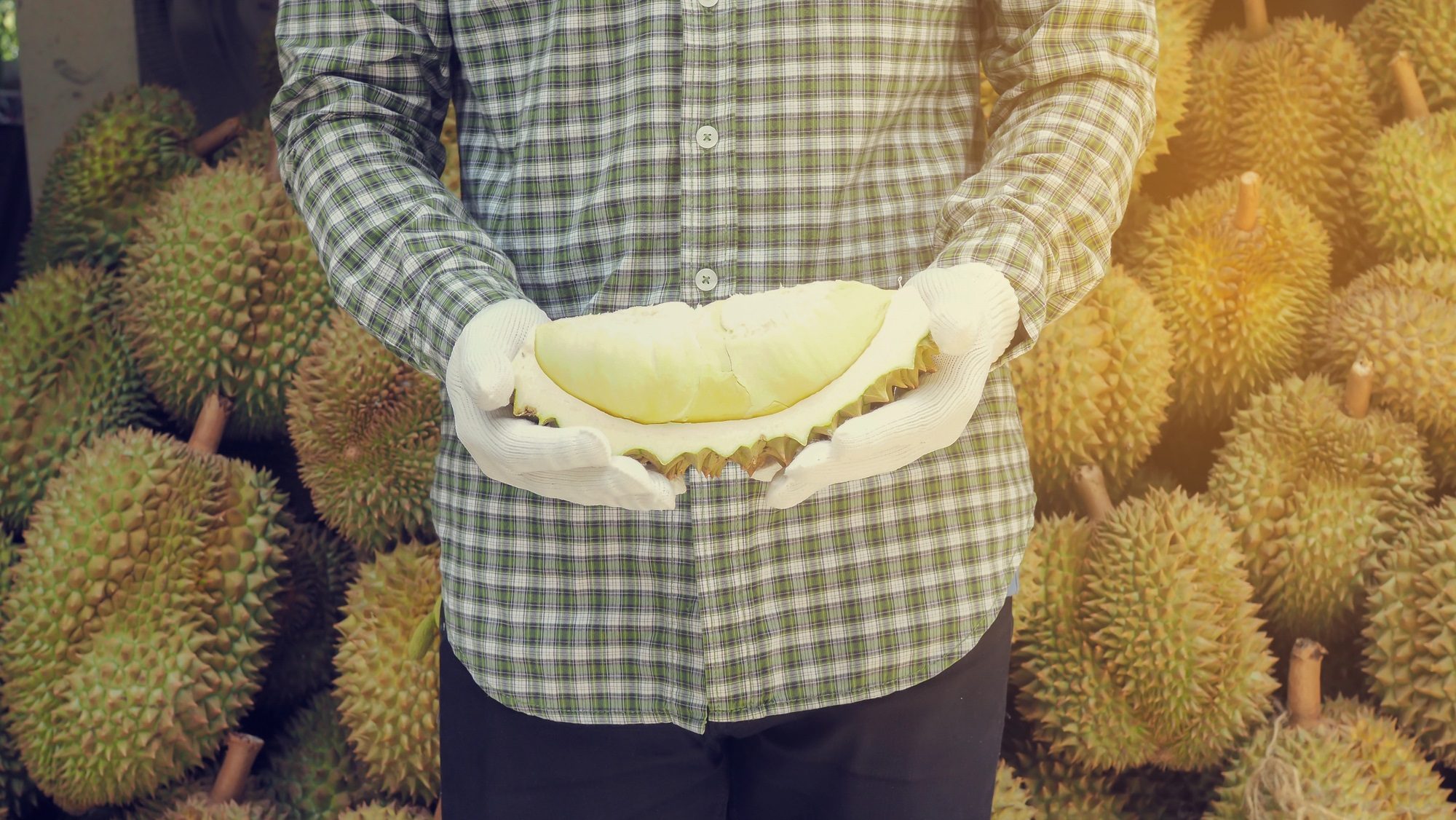SINGAPORE: If you love durian, chances are you’d be willing to put down a chunk of change to buy it. However, unscrupulous sellers have been mislabeling some durian in Singapore lately, all for the purpose of making more money from undiscerning buyers.
Last month, a CNA report warned that some Singaporeans had been buying durian, supposedly a new variant labelled “Tupai King.”
However, the sign that said “Tupai King” also had the words “Mao Shan Wang” under it, which can understandably cause much confusion among buyers.
As most people know, not all durian is created equal. Perhaps the best (as well as best-known) variety is Mao Shan Wang, also known as Musang King, butter durian, and Raja Kunyit.
Mao Shan Wang is famous for its sweet taste with undertones of bitterness, creamy texture, bright yellow flesh, and can be identified by the five-point star pattern you’ll see if you turn the fruit over.
Tupai King, meanwhile, has more bitterness in its fruit and is opened from the top, unlike other durian varieties. It’s a relatively new variant that exploded on the scene only three years ago.
Because it’s so new, the variant is also very rare. According to CNA, only 1,000 pieces of Tupai King are produced yearly. In contrast, Singapore imports 100 tons of durian from Malaysia daily at the height of the durian season.
CNA added that it may take some years before Tupai King makes its way to Singapore, and therefore, the truthfulness of the signs that carry this label in local fruit shops should be questioned.
More recently, durians labelled as coming from Malaysia may originate from Thailand or the Philippines, a Lianhe Zaobao piece from Sunday (Oct 6) said.
Moreover, they’re being sold at high prices, between S$32 and S$68 per kilo. Durians from Thailand are usually less expensive than those from Malaysia.
This may be happening more and more because the first durian season in Malaysia (from May to the end of September) has ended. The fruit will come back by mid-November and be available until the middle of February.
Therefore, buyers should be extra careful when buying durian during off-season periods, such as now, and not be so quick to believe that the labels saying they’re from Malaysia are accurate.
They might even be disappointed if they buy durian, thinking it’s from Malaysia, and it ends up tasting different because it’s from another country. /TISG
Read also: Jurong stall owner apologises for durian fight; gives away $2,000 in free fruits to residents

